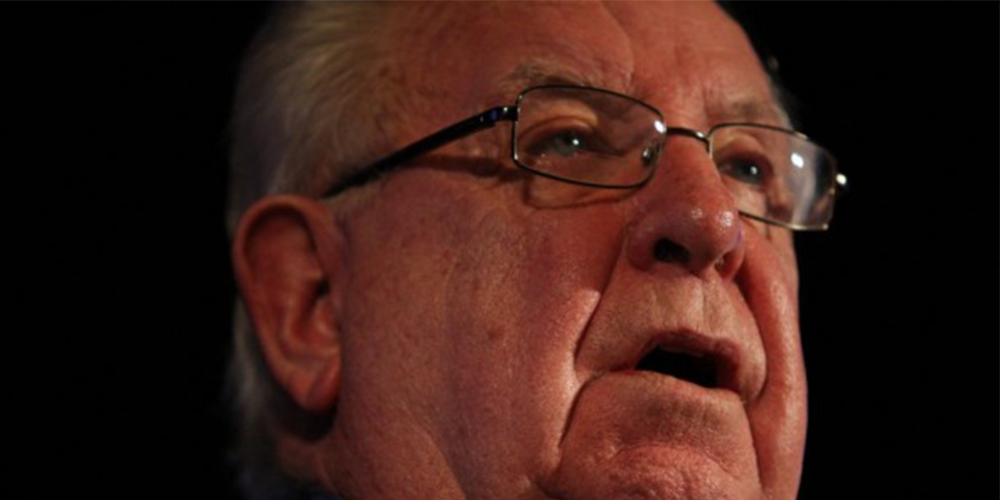This article written by Patrick Durkin was originally featured on the Australian Financial Review website on the 4th July 2017. Click here to access the original article (subscription required).
Cabcharge chief executive and chairman Reg Kermode almost died at his desk. Image source - AFR website
One-third of executives plan to die on the job, according to new workplace analysis by recruitment firm Watermark.
The executives plan to join the former boss of taxi company Cabcharge, Reg Kermode, who predicted he would die at his desk, seated in the overly heated corner office of Cabcharge's East Sydney headquarters. He resigned just one day before his death from cancer in 2014.
The Watermark survey of more than 500 executives aged over 50, found that 32.5 per cent don't plan to retire at all and another 35 per cent will retire but not for another 10-plus years, as the federal government plans to raise the official age for pensioners to 67.
"People will increasingly be engaged in active work until they die. They may scale it down and change the way they work but one-third are telling us that they never, ever plan to stop working," Watermark partner Jacinta Whelan said.
Ron Gauci is described on the speakers circuit as "Mr Fix It" and has acted as interim CEO of Melbourne's Federation Square, interim CEO of Melbourne Polytechnic (formerly Northern Melbourne Institute of TAFE) and stepped-in as CEO of Melbourne Storm after their salary cap scandal which saw it stripped of premierships and points.
"There's a lot of research which show the mental health benefits of continuing to work and stay in the game," the 58-year-old Mr Gauci said.
Rise of the senior super temp
However, these 50-plus-year-old executives – who have often been wiped out in major restructures – are increasingly switching to temporary and project-based work to fill a gap at major companies in return for comparable compensation to a full-time executive position.
The rise of so-called "super temps" or "interim executives" is being accelerated by plans at top 200 companies to increase their contingent workforce to 30 cent by 2018.
"These people want to work but not 52 weeks a year, 50 hours a week. I predict within five years 50 per cent of all executives will work in an agile or interim capacity," Ms Whelan said.
"When the GFC hit, the rest of the world had to shed staff and change how they worked but we rode the mining boom," she said. "In the US, 40 per cent of the workforce is contingent and in Europe its 50 per cent, in Australia its 15 per cent now and predicted to be 30 per cent by 2018. Within five years that is going to catch up with the rest of the world. It's the next wave after hot desking and agile working. You no longer need an army of executives, you will need a lean core and will rotate through the skills you need at a point in time," Ms Whelan predicted.
Mr Gauci said these interim gigs offered executives the best of both worlds.
"The vacancies occur for a range of reasons. It can be an executive has up and left, the board has decided to create a vacancy or there could be a real skill shortage. There are a range of reasons and you typically get short notice so you have to be prepared and adapt quickly," Mr Gauci said.
"I can leverage my skills across a range of different industries and improve my golf in between."

